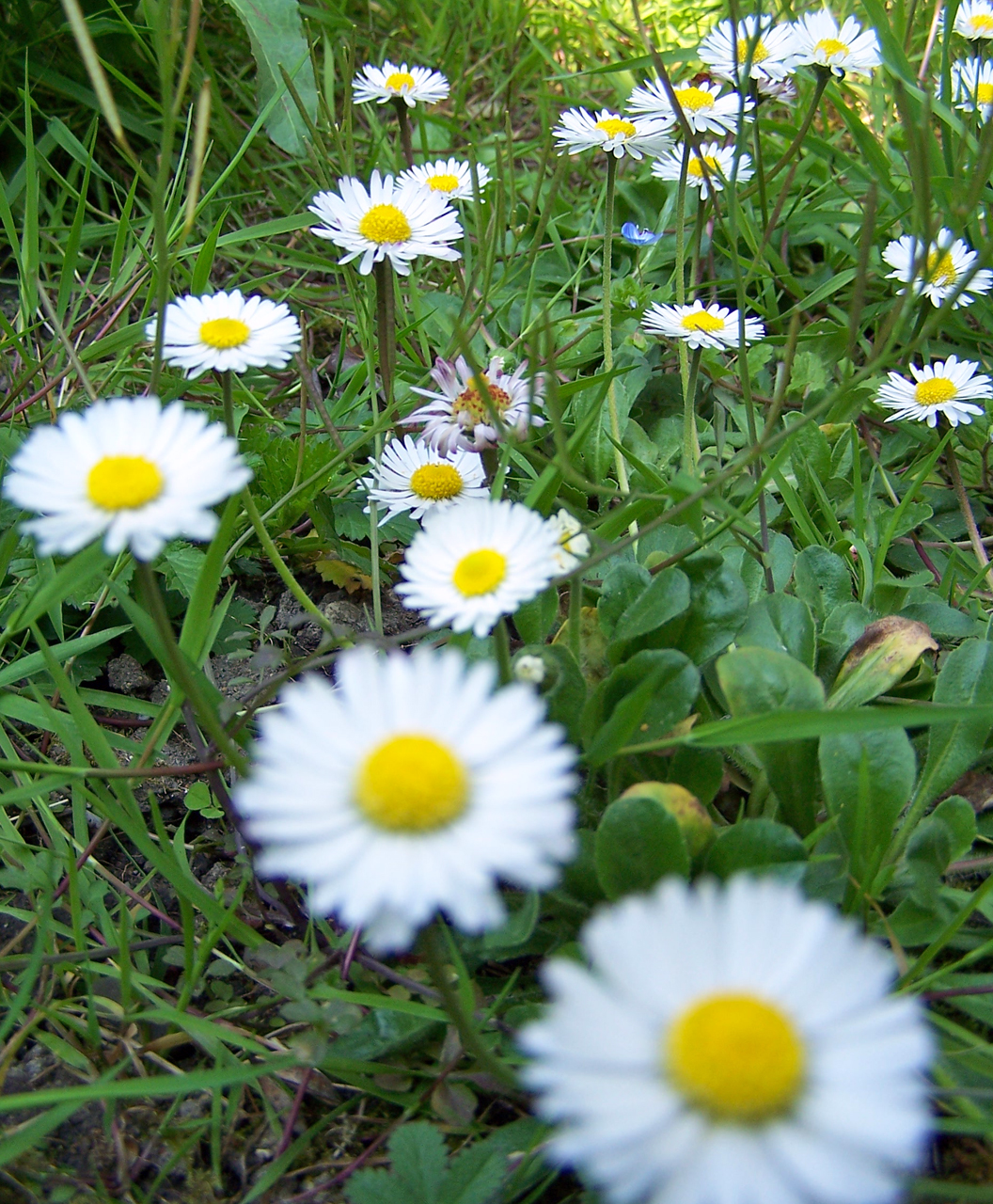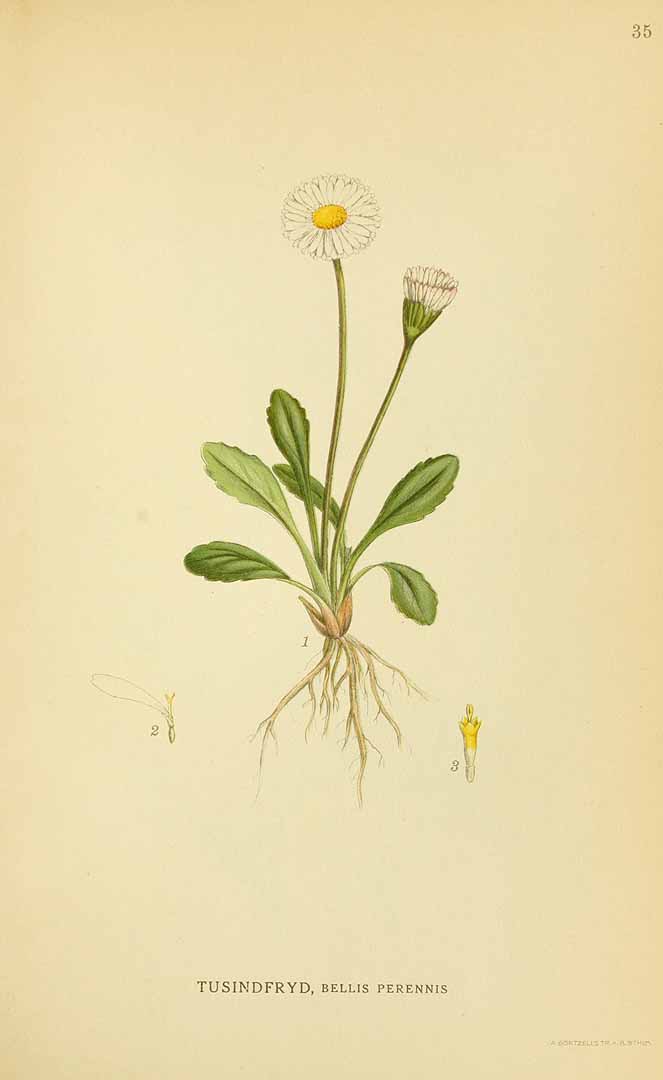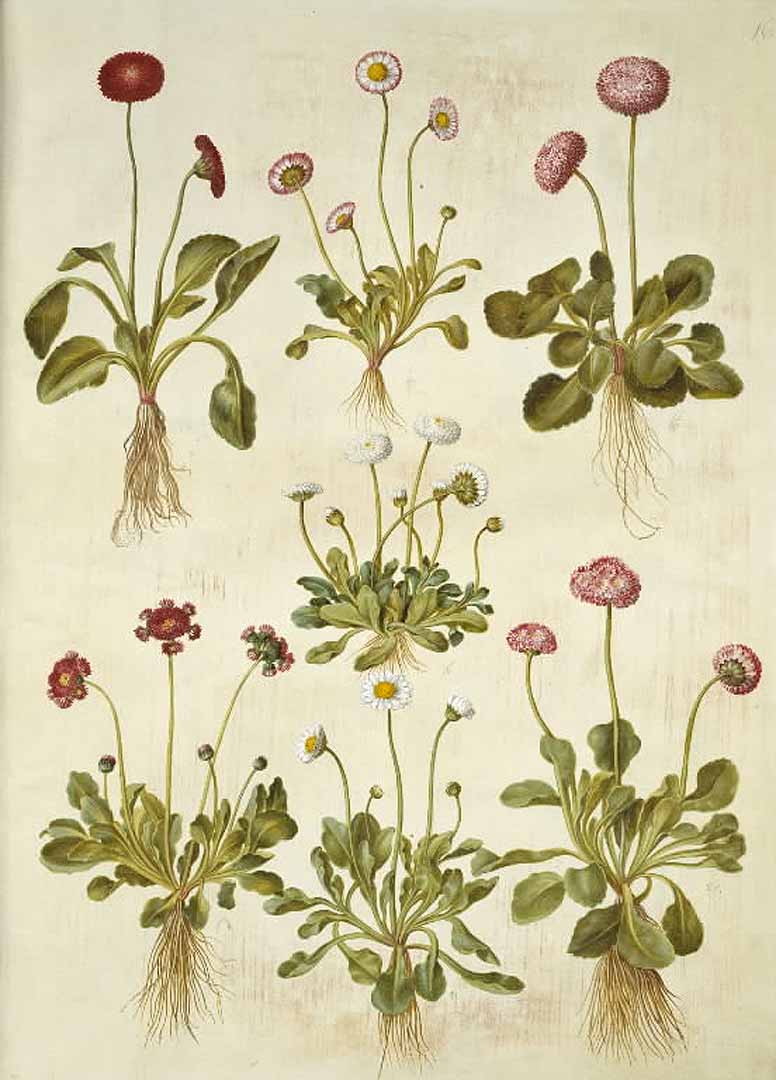! Nouveau site ici !
Vita > Plantae > Magnoliophyta > Magnoliopsida > Asterales >
Asteraceae > Bellis
Bellis perennis
(Pâquerette)



 | ** - ***
| ** - ***
Vita > Plantae > Magnoliophyta > Magnoliopsida > Asterales >
Asteraceae > Bellis
Bellis perennis
(Pâquerette)

Une plante herbacée vivace. Il ne vit que peu de temps. Ils peuvent être cultivés comme des annuelles. Il pousse de 5 à 20 cm de haut et de large. Les feuilles sont en rosettes ou en anneaux. Ils sont arron... (traduction automatique)
→suite
⬀
Le  donne accès au menu
donne accès au menu (c'est votre point de repère) 😊 ;
En dessous vous avez la classification, à partir de la vie (Vita, premier rang) jusqu'à la classe au dessus de la plante, dont vous trouvez ensuite le nom scientifique/botanique (latin) puis le nom commun (français), le cas échéant ;
C'est aussi un lien vers la fiche complète (tout comme la ✖, en bas à droite, et le +, en dessous de la description) ;
Vient alors l'illustration (ou ce qui la remplace, en attendant), la comestibilité :
Et en bas
⬂









